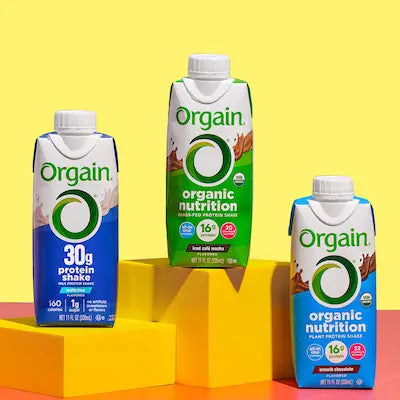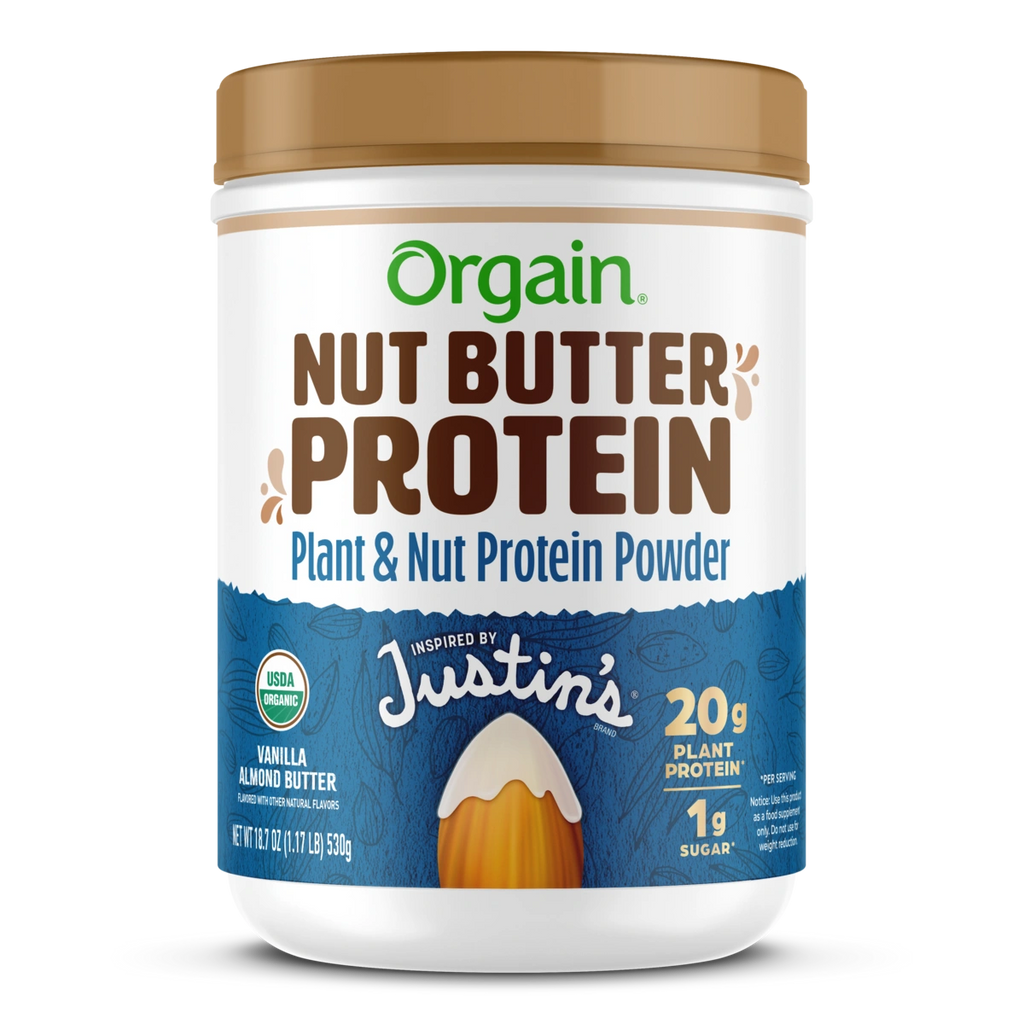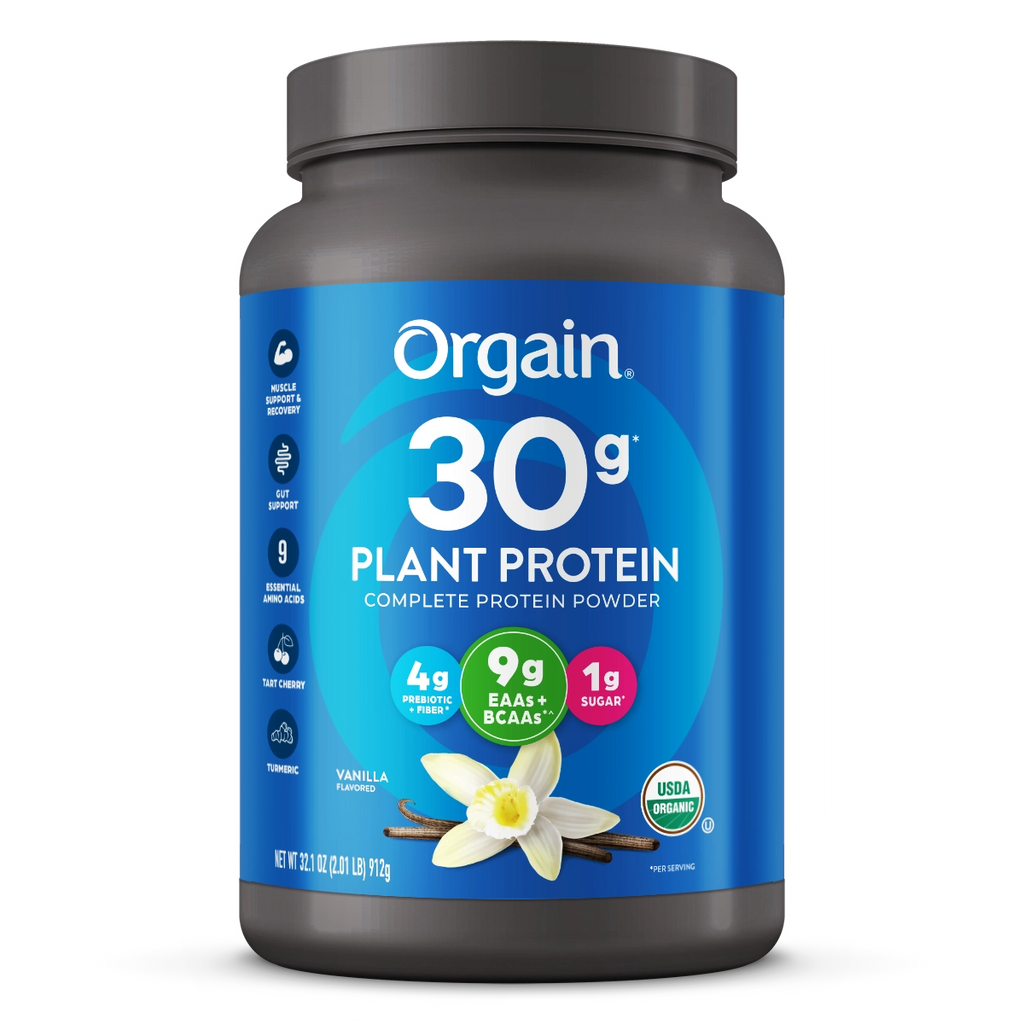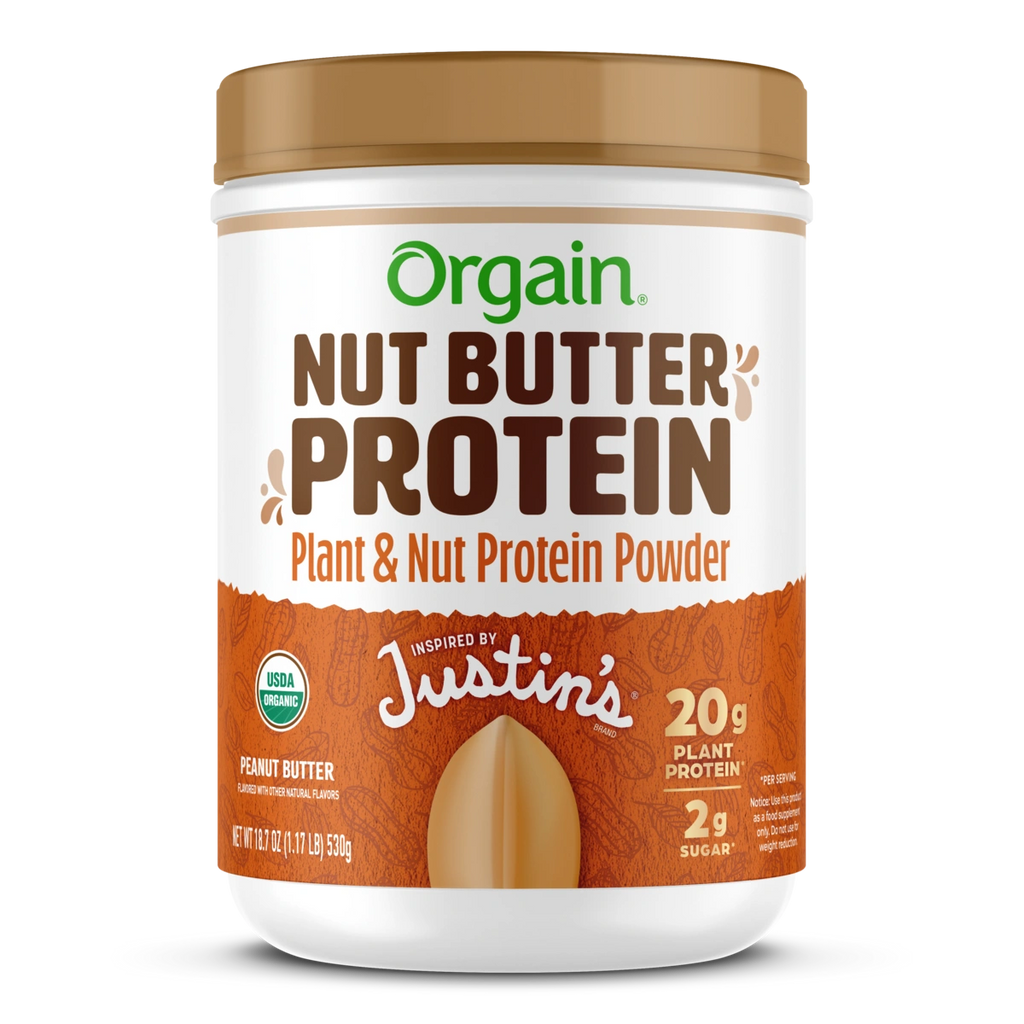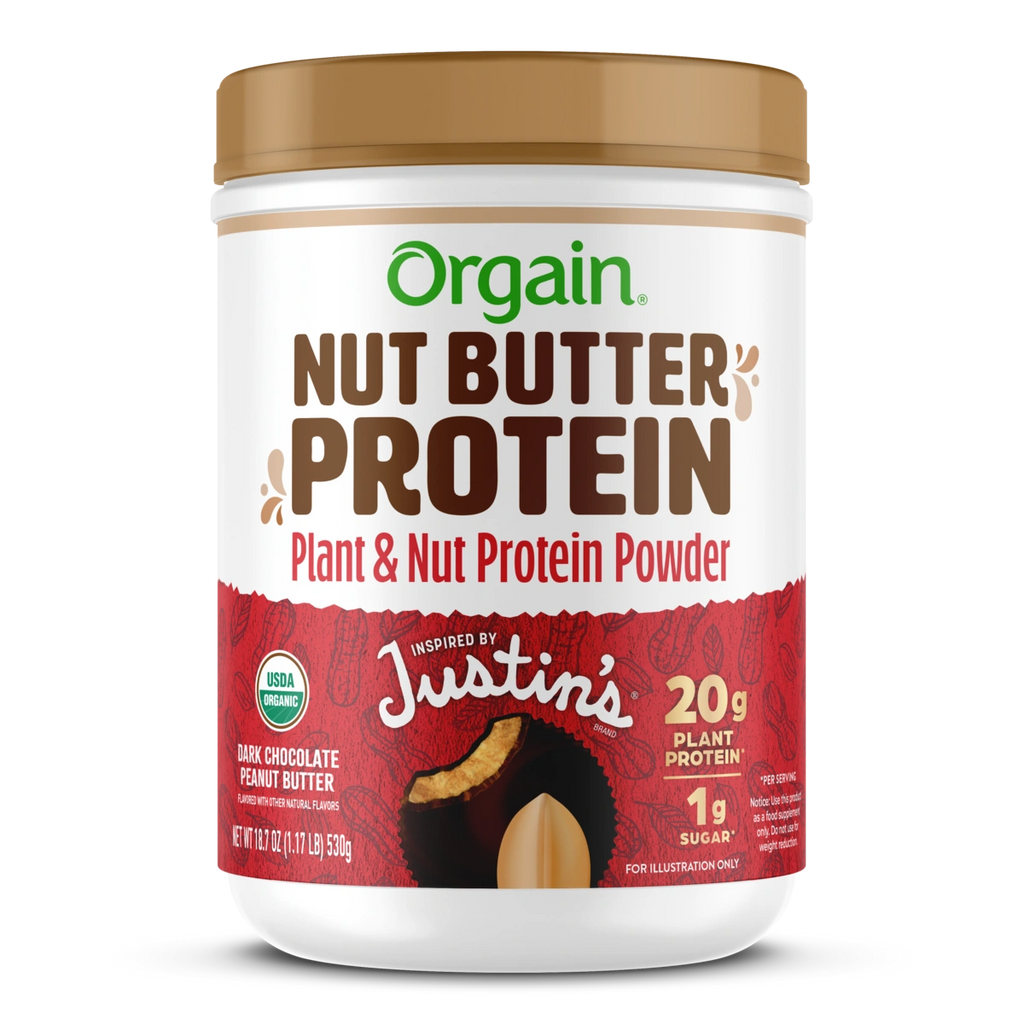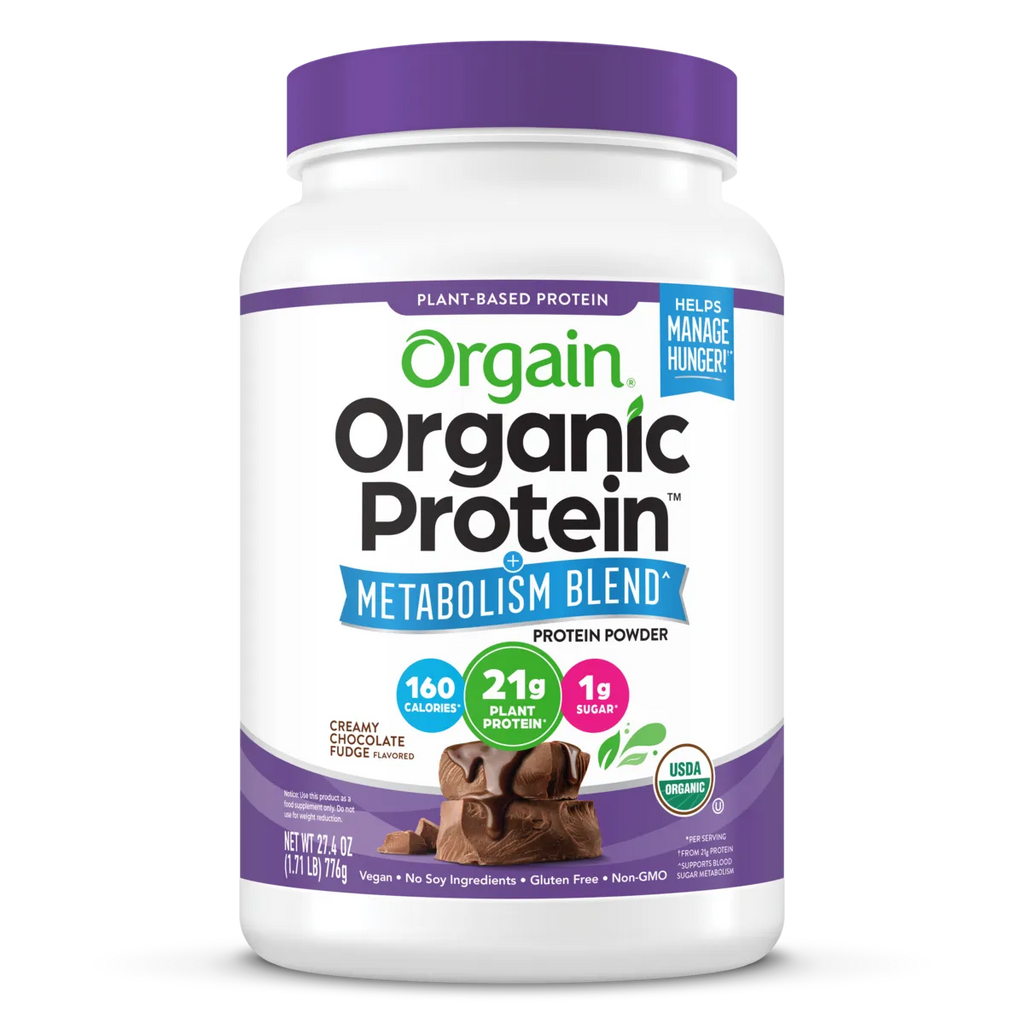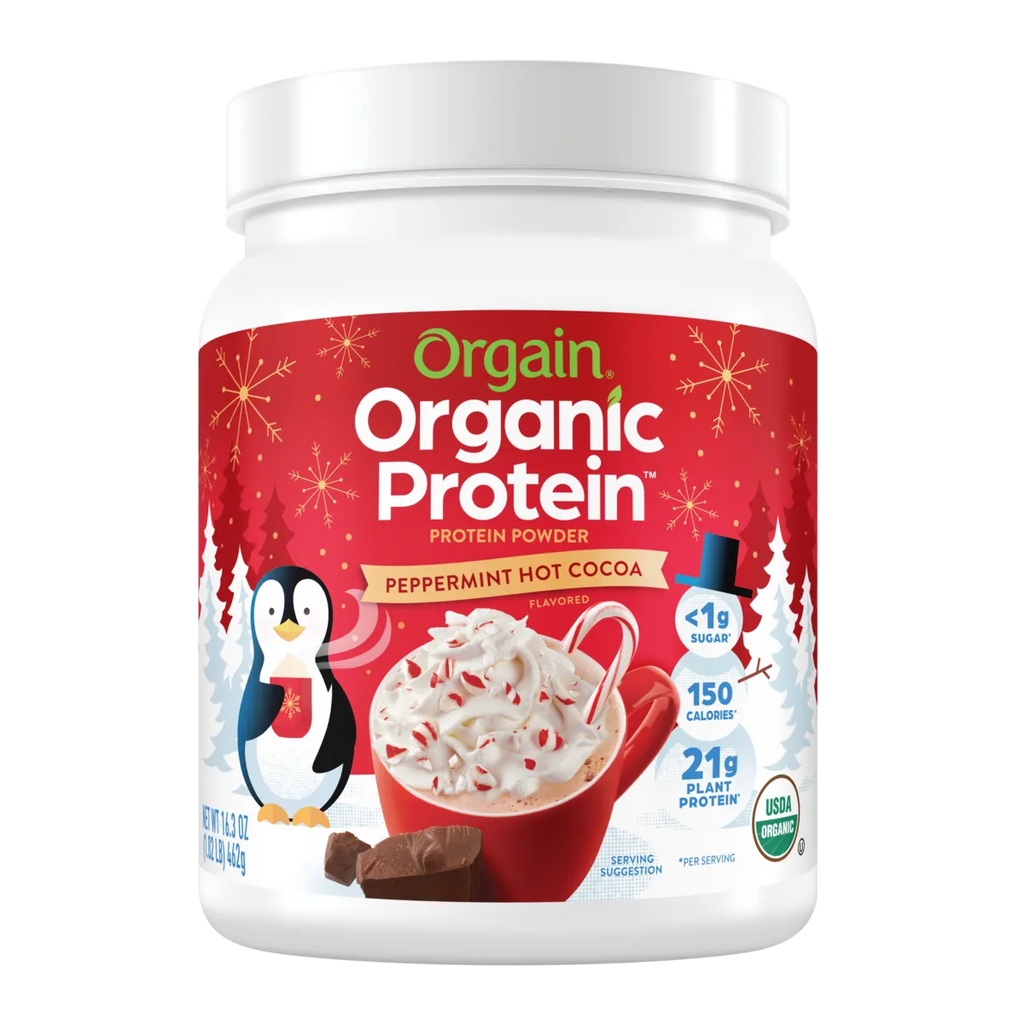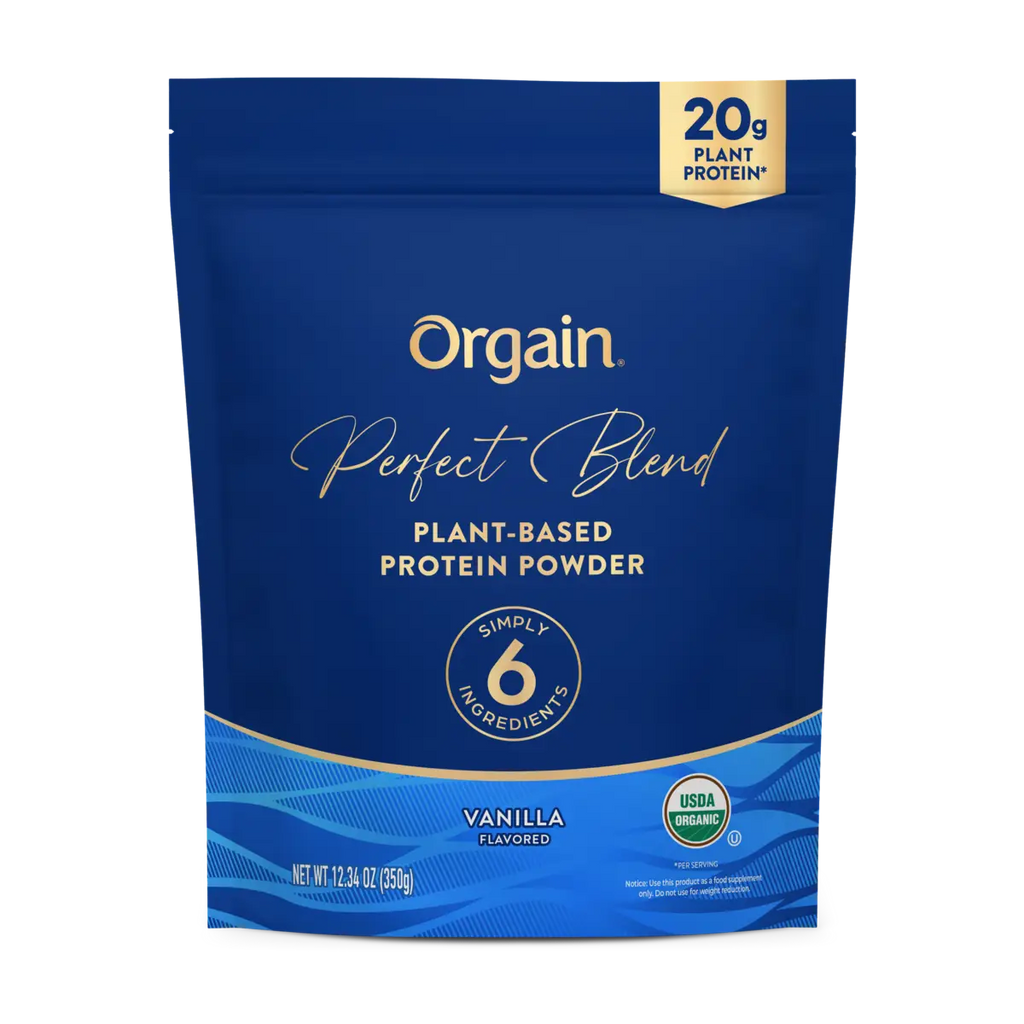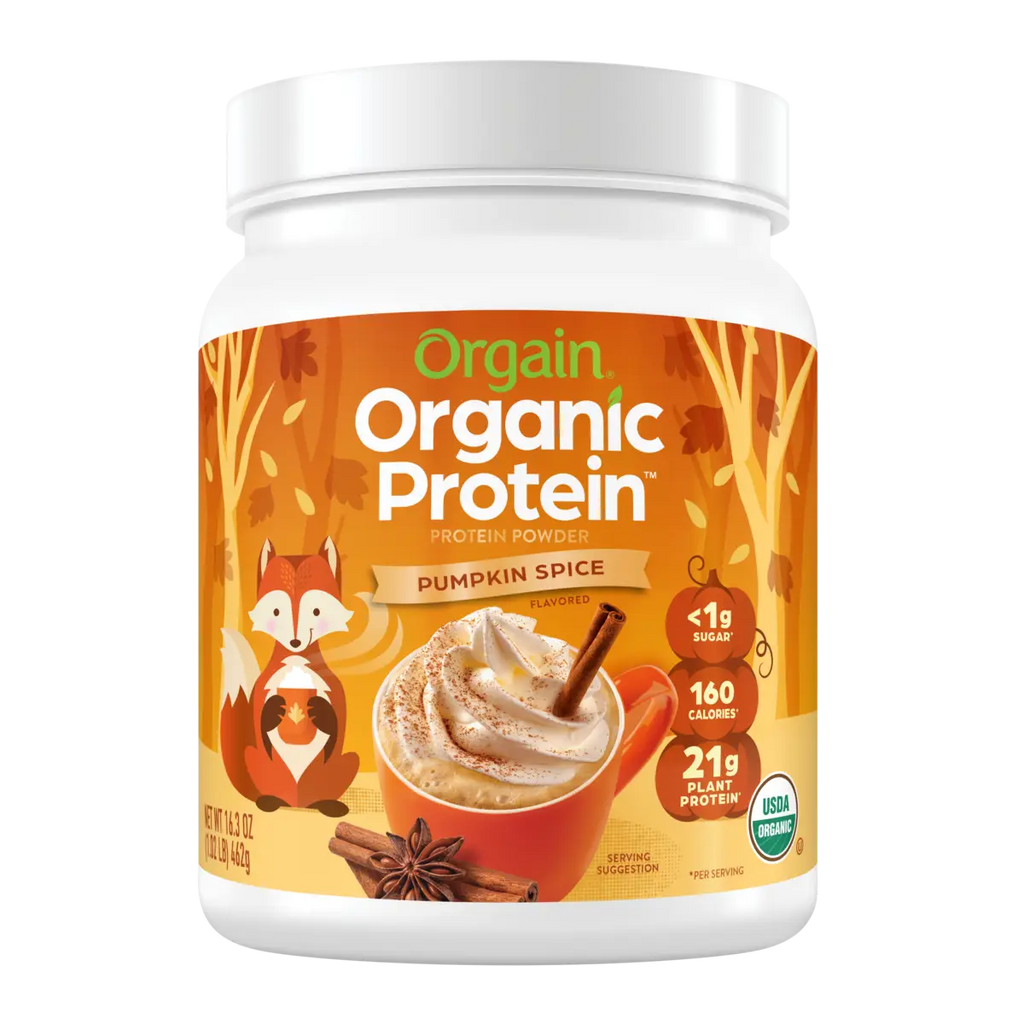Fad diets and trends continually sweep the Internet and present us with many ways to approach how, what, and when we eat. Yet, after the dust settles and research churns out new information that makes us reassess (that low-fat craze, anyone?), it’s no wonder people aren’t sure what to dietary strategies to apply and what to avoid. Case in point: Intermittent Fasting. Also known as IF, intermittent fasting is a method of strategically fasting and eating during planned, designated periods of time. Studies show that IF can be effective in resetting metabolism as well as in increased weight loss and digestion regularity. To leverage the benefits of IF in a significant and healthy way, there are a few key things to consider.
What is intermittent fasting (IF)? Intermittent fasting is essentially not eating for a period of time followed by a stretch of time designated for eating healthy meals.
What the research says: Studies have shown that fasting can help improve learning and memory function as well as reduce risk for heart disease and slow the progression of some cancers, aid weight loss, and reduce inflammation. It is important to note that overeating or eating processed junk foods on non-fast days or time periods can nullify any of the benefits of fasting. Eating healthy, nutrient dense meals between fasting is the key to reaping the benefits of the practice and making sustainable lifestyle changes. Intermittent fasting is not recommended for pregnant or breastfeeding women and folks with a history of eating disorders or chronic stress so be sure to talk with your doctor to find a nutrition plan that works for you.
How to do it: IF could be a great tool for your if you want to jumpstart your metabolism, break a refined sugar habit, and strengthen defenses against cardiovascular cancer, arthritis, chronic inflammation, and a whole list of other benefits. Intermittent Fasting is highly flexible by nature. Unlike many other stringent diet protocols, IF allows you to choose when you want to fast and for how long throughout the week. Here are a few different ways to work IF into your life:
- A 12 hour fast is a convenient way to begin incorporating IF into your life with little effort. Simply don’t eat anything else after your dinner until breakfast the next morning, 12 hours later.
- A 16:8 fast means you will abstain from eating for 16 hours and then eat healthy, nutrient dense meals during an eight-hour window.
- The 5:2 fast involves eating healthy meals 5 days a week and reducing calorie intake to about 600 calories for the other two days.
- A 24 hour fast is more extreme and is not for everyone. However, if eating your regular, whole foods diet during the week and then doing a 24 hour fast feels doable for you, just be sure to stay hydrated and pay attention to your body’s needs.
The importance of complete nutrition: The purpose of IF is to give the body a break from the hard work of digestion so it can focus on fat burning, memory and tissue repair, and detoxification of vital organs and systems important for daily function. Complete nutrition, whether fasting or not, is an integral part of a sustainable healthy lifestyle. Break your fast intentionally with a healthy meal of clean protein, whole foods, and healthy fats. Stocking your pantry with Orgain clean, organic protein powder, bars and ready to drink protein shakes can help you break your fast mindfully, ensuring you get the nutrients you need between fasts without stress.
*As with any change in your diet and health plan, talk to you doctor to make sure intermittent fasting is compatible with your unique body’s needs.



